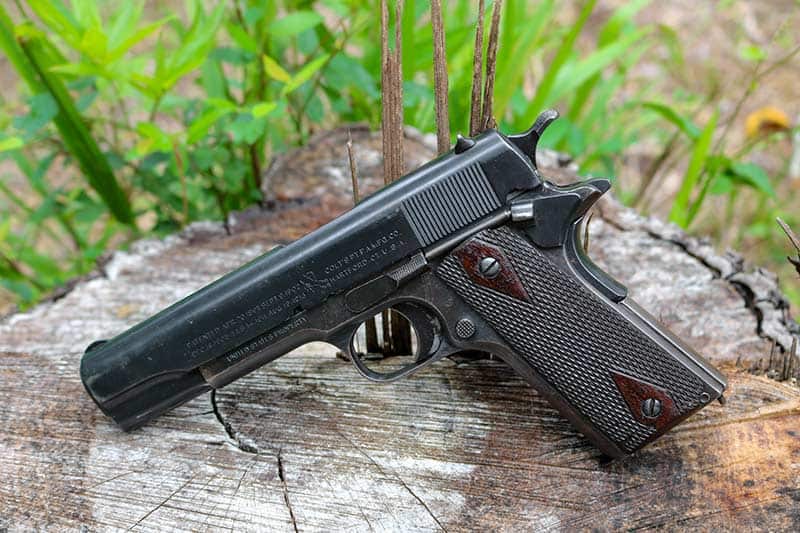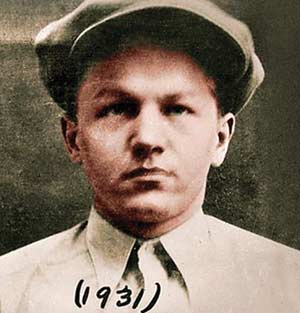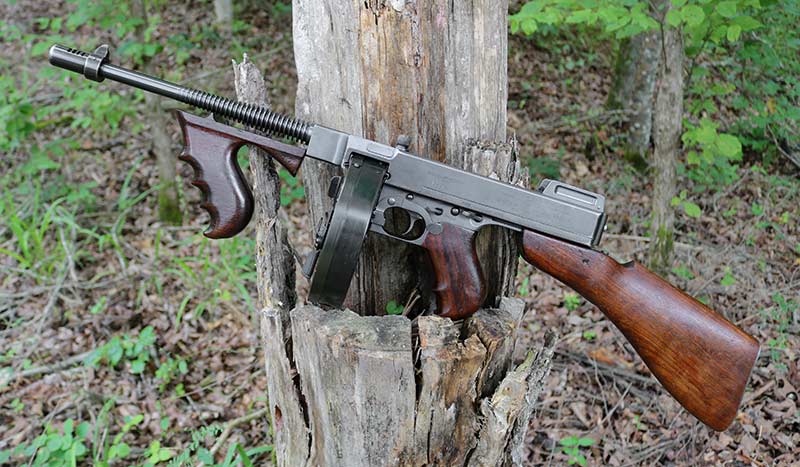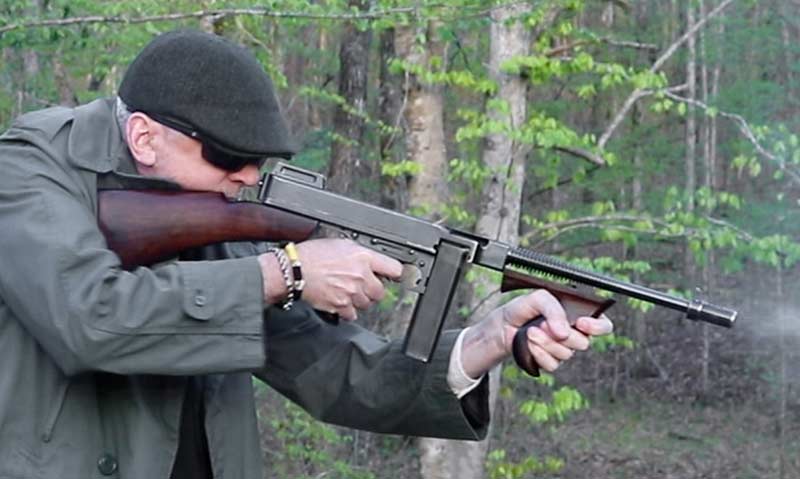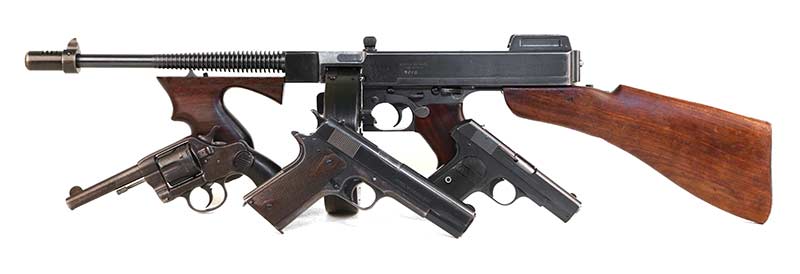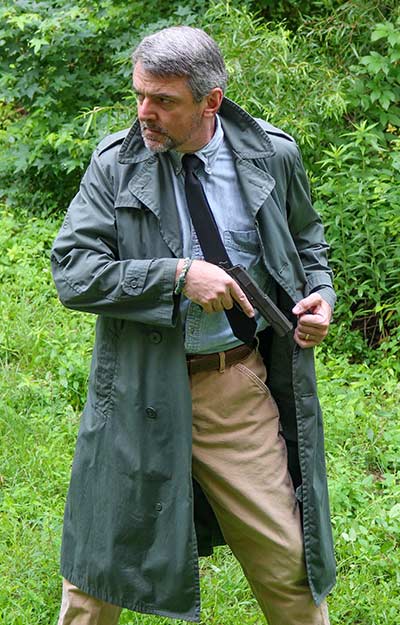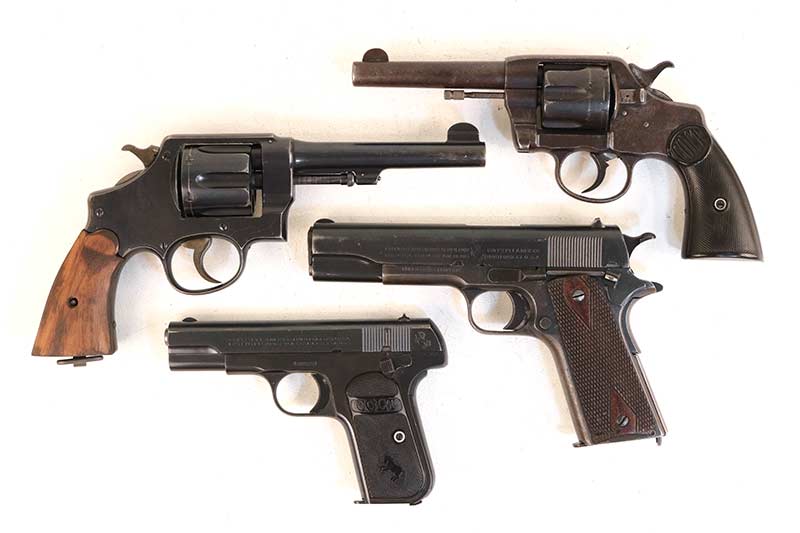Category: Allies
The Best & Worst Guns of 2023
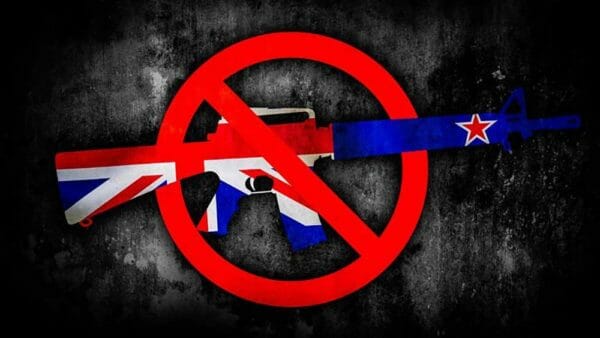
The New Zealand government is working to reform its complex and draconian firearms law.
In 2019, a far-left ideologue mass murdered dozens of Muslims in New Zealand. One of his goals was to promote draconian gun laws in New Zealand and in the United States. He succeeded in New Zealand. Many extreme restrictions on firearms and ownership were piled onto already restrictive laws.
Far Left PM Jacinda Ardern was successful in pushing through the draconian law on a wave of media maximized emotion. As part of the pushback to these draconian exercises of power, the Hon. Nicole McKee was elected as a member of parliament for the ACT party in the election of 2020.
Associate Minister of Justice, Hon. Nicole McKee, was interviewed in 2024 by deerstalkers.org.nz:
Labour’s firearm law changes in 2019 affected everybody, not just hunters. Although, in saying that, hunters are a massive part of the licenced-firearms-owning community.
I recall when the kids were small, and hubby was studying, the only way we got meat on our table at home was when I went out and hunted for it. We could not afford supermarket meat.
The real motivation came in 2019. I was running my own business, running firearms licencing courses in rural and isolated communities.
I realised when the 2019 changes came into effect that they would affect everybody, not just the hunters, as I mentioned, but also target shooters, collectors, pest controllers and so on.
In the New Zealand election of 14 October 2023, the three conservative parties won 67 seats, while the far left parties dropped 21 seats to a total of 55. This was a tremendous repudiation of the far left in New Zealand. Gun owners are only 5% of the population of New Zealand.
Nicole McKee was elected to the New Zealand Parliament in 2020. She is a member of ACT, a conservative/libertarian party in New Zealand. ACT has 11 of the 67 conservative seats. The conservative coalition government started a process to reform the draconian gun law shortly after being elected. McKee is heading up the effort. From the Hon Nicole McKee June 1, 2024:
“Cabinet has agreed to the registry review terms of reference and the review is now underway,” Associate Minister of Justice, Hon Nicole McKee says.
The Hon Nicole McKee has been keeping people informed of the new government’s progress on reforming the disastrous and confusing laws passed in 2019. Here are excerpts from her releases. Americans will realize that defense of self and others, or militia use for the common defense, are not mentioned. From a September 11, 2024 ,release:
“I am focused on producing the best firearms laws in the world – laws that are easy to comply with and improve public safety.
“The previous Labour Government’s rushed, knee-jerk law changes have not made New Zealanders safer. More people were convicted of a firearm-related offence in 2023 than in 2019 – up 18 per cent.
From a December 17, 2024, release:
“Most firearms users are law abiding and responsible people. Many New Zealanders use firearms to hunt for food for their families, to control introduced pests, in farming and agriculture, and in sporting and competitive events.
All these activities are legitimate. They are all important because they benefit communities and help protect our natural environment.”
“The safety of our communities is at the heart of an effective firearms regime; it is important that everyone has confidence in how firearms are controlled. For that reason, everyone has a role to play in the rewrite of the Act. This upcoming round of public consultation is the first step in hearing from all New Zealanders about their views.”
From a release on March 2, 2025:
Firearms Prohibition Orders (FPOs) are made by the court when offenders have committed serious violent offences. They are in force for 10 years – prohibiting offenders from holding a firearms licence, and from being around or accessing firearms. Breaching the conditions of an FPO is a criminal offence, and offenders that do breach conditions can be liable for up to seven years in prison.
Legal Firearms Owner is abbreviated as LFO in the releases. From a November 11, 2025, press release by the Hon. Nicole McKee, Associate Minister of Justice:
“The current law has been modified dozens of times since it came into force over 40 years ago with many of those changes being rushed through with little to no scrutiny.
The result is a complex, confusing and bureaucratic patchwork that makes it difficult for LFOs to comply while not adequately keeping the public safe.
“The new law will be written in plain English, structured logically and with public safety at its core. It makes it much more difficult for firearms to get into the hands of criminals while allowing LFOs to continue to use their firearms safely and responsibly.
Some parts of the reform effort appear to be making the law more severe. New Zealand does not have a Second Amendment. Firearm owners are only five percent of the population.
From Hon. Nicole McKee’s release:
“Penalties for over 60 Arms Act offences will be increased, and eight new offences will be created – including new offences to reduce firearms entering the black market such as for straw buying and possessing a firearm with identification markings intentionally removed.
The Hon Nicole McKee is an impressive woman. She appears to be doing the best she can with the situation as it exists. With only five percent of the population as legal gun owners and no Second Amendment, she is pushing for the rule of law when it comes to firearm ownership in New Zealand.
The assumption is that firearms ownership will be legal if the rules are followed. She is focusing on making the rules clear and easy to follow.
It may be the best that can be expected in New Zealand. The law is in the formative stage. We will not know the particulars until it actually passes the New Zealand parliament.
About Dean Weingarten:
Dean Weingarten has been a peace officer, a military officer, was on the University of Wisconsin Pistol Team for four years, and was first certified to teach firearms safety in 1973.
He taught the Arizona concealed carry course for fifteen years until the goal of Constitutional Carry was attained. He has degrees in meteorology and mining engineering, and retired from the Department of Defense after a 30 year career in Army Research, Development, Testing, and Evaluation.
Springfield Echelon 4.0 Compact
The Man is just amazing and the next time I am in the UK. I am going to buy a bottle and see how good it is! Grumpy
Some folks just come from the factory broken. How much of it is nature versus nurture has occupied psychologists for ages. Oftentimes, those broken people live out their lives until they do something sufficiently egregious as to earn incarceration and anonymity. Others can be a bit flashier.
The Origins of the Monster
Lester Joseph Gillis was born in December 1908 in Chicago. He shot his first man at age 12. Gillis happened upon a handgun and popped a buddy in the jaw over some perceived slight or other. He spent the next year in reform school but stole his first car immediately upon his release. This earned him another year and a half behind bars.
Such aberrant behavior has a name these days. Had Lester Gillis been born in the Information Age, he would have been diagnosed with antisocial personality disorderand put on all sorts of psychoactive medications. He then still would have pursued a life of crime and spent most of his adult life in prison.
As it was, Lester Gillis represented an odd convergence in the human species. A loving father, an affectionate husband and a born leader, Gillis was also a psychopath who came of age amidst the Great Depression. All that stuff synergistically combined to make him a legend.
Gillis learned his craft as part of a gang of “strippers.” Their MO involved stripping the tires off people’s cars and selling them on the black market. In his early 20s, he graduated to armed robbery.
His gang secured their victims with tape before ransacking their homes. They became known as the Tape Bandits in the press.
In a single hit on a magazine executive named Charles Richter in January of 1930, the Tape Bandits made off with $205,000 in jewelry. That would be about $3.6 million today. Once Gillis got a taste of the good life, he couldn’t stop.
One of his armed robbery victims later said of Gillis, “He had a baby face. He was good looking, hardly more than a boy, had dark hair and was wearing a grey topcoat and a brown felt hat, turned down brim.”
Gillis’ mates called him Jimmy. However, newspapermen coined the nom de guerre “Baby Face” Nelson. He carried that name with him to his grave. Thanks to his sordid profession, that didn’t take long.
The Monster Comes of Age
What really set Nelson apart from his peers was his willingness to just blow people away as the need arose. He killed his first man, a robbery victim named Edwin Thompson when he was 22.
In 1933, during a getaway from a bank robbery in Brainerd, MN, Nelson sprayed a crowd of bystanders with his Thompson submachine gun. The following year he got cut off in traffic by a paint salesman in Chicago and shot the man to death.
Normally such a fulminant temper and congenital lack of conscience would be a bad thing. However, once Nelson met John Dillinger, he weaponized his psychopathy into something altogether marketable.
In April of 1934, Nelson, Dillinger, Dillinger’s best mate Homer Van Meter, John “Red” Hamilton, Tommy Carroll, Pat Reilly, Nelson’s wife Helen, and three bits of female arm candy descended upon the Little Bohemia Lodge in Manitowish Waters, WI, for some down time.
Emil Wanatka owned Little Bohemia. While playing cards with Dillinger, he noticed his holstered handgun and informed his wife. She had a friend call the feds. Legendary G-Man Melvin Purvis gathered a few FBI guys and hit the place. The end result was a bloodbath.
Eugene Boisneau, John Hoffman and John Morris were just three normal guys who had dropped by for the famed Little Bohemia $1 Sunday night special.
They were climbing into their 1933 Chevrolet Coupe just as the FBI agents arrived. It was dark, and somebody squeezed a trigger. Boisneau was killed outright. His two pals were shot to pieces but survived. Tragically, the gunfire also activated Dillinger and company.
Everyone but Nelson fled into the woods. Nelson just snatched up his Thompson and charged out the front door, exchanging fire with Purvis himself. His audacious assault bought him enough time to escape.
Nelson subsequently hijacked several cars and took a total of seven hostages. He winnowed the crop down to three and was climbing into yet another stolen vehicle when FBI agents Jay Newman and W. Carter Baum, along with local constable Carl Christensen, arrived. Nelson embraced the fog of war, confidently approaching their car and asking the men to identify themselves. The G-Men did so, and Nelson hosed them down with a full-auto M1911 pistol.
Gunsmith to the Stars
Hyman Lebman was a San Antonio gunsmith who serviced an eclectic clientele. He sold hunting weapons, cowboy boots and saddles upstairs in his shop at 111 South Flores Street.
However, he kept the really good stuff in the basement. Back before the 1934 National Firearms Act, there were literally no rules governing firearms. Machine guns were available over the counter, cash and carry. You didn’t have to show a driver’s license because nobody had a driver’s license. Lebman thrived in this space. More than a few Chicago gangsters vacationed in San Antonio as a result.
Lebman sold Thompson submachine guns as the opportunities arose. He was also known for two custom weapons in particular. He converted the Winchester M1907 rifle to full-auto and added a Cutts compensator, extended magazine and the vertical foregrip from a Tommy gun.
Homer van Meter used a Lebman M1907 to kill patrolman Howard Wagner during a bank robbery in South Bend, IN, in 1934. His masterwork, however, was what he called his baby machine gun. Hyman Lebman’s full-auto 1911 pistols raised the bar on concealable firepower.
Lebman offered these converted 1911 machine pistols in both .45 ACP and .38 Super. Some were selective fire, while others were full-auto-only. At one point, Lebman was testing an early prototype in his basement and shot a row of holes through the floor above, narrowly missing his son Marvin.
The guns could be had with a modified Cutts compensator, the foregrip from a Thompson submachine gun and an extended magazine packing either 18 or 22 rounds, depending upon the caliber. These Lebman mini machine guns cycled at more than 1,000 rpm.
In 1933, Nelson, his wife, Helen and their son, Ronald, along with infamous gangster Homer Van Meter, had Thanksgiving dinner with the Lebmans in their home. Nelson subsequently left with five full-auto babies in .38 Super, four standard Colt 1911 pistols in .45 ACP and a pair of Thompsons. Nelson gave $300 apiece for the Thompsons — 50% above retail.
The Death of the Monster
Following the demise of Dillinger and Van Meter at the hands of police, Nelson became the FBI’s Public Enemy Number 1.
On November 27, 1934, Gillis and John Paul Chase engaged in a shootout with federal agents Samuel Crowley and Herman Hollis at a turnout in Barrington, IL. Nelson killed the two G-Men with a Colt Monitor BAR but caught eight buckshot in his legs and a single .45 ACP bullet to the belly for his trouble.
The .45 ACP round punched through his liver and pancreas. Baby Face Nelson bled out and died later that evening in his wife Helen’s arms. He was 25 years old. It seems a fitting end for the serendipitous psychopath.
Hyman Lebman, for his part, had to stop his machine gun business after the passage of the 1934 NFA. However, he worked as a gunsmith in San Antonio into the 1970s. His son Marvin later described the visiting gangsters as “men in nice suits and hats.” Hyman Lebman, the unofficial armorer to the mob, eventually succumbed to Alzheimer’s disease in 1990.
